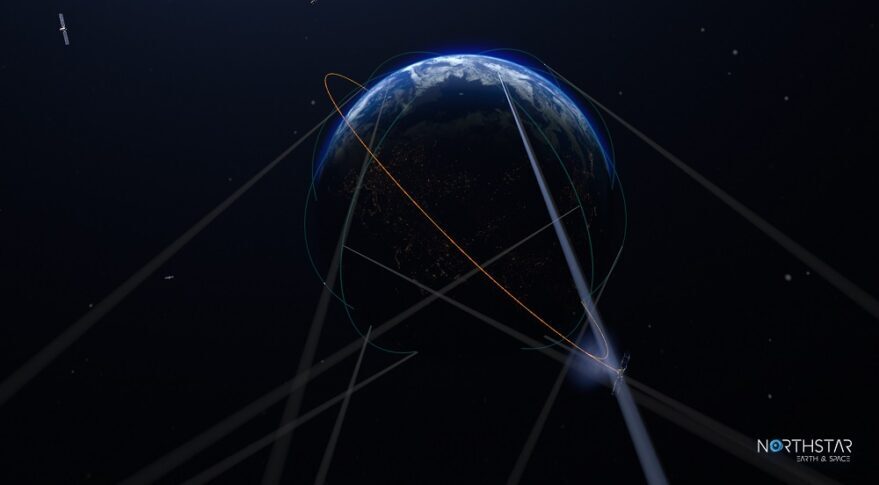1.11.2022

WASHINGTON — NorthStar Earth and Space, a company planning a constellation of satellites to collect space situational awareness data, will launch its first satellites in mid-2023 with Virgin Orbit.
NorthStar announced Oct. 27 that its first three satellites, 12-unit cubesats built by Spire, will be launched by Virgin Orbit in mid-2023. The companies did not disclose terms of the launch deal or where the launch, using Virgin Orbit’s LauncherOne air-launch system, will take place.
NorthStar announced in March a contract with Spire for those three satellites, part of Spire’s “space as a service” business model where it builds and operates satellites for other customers in addition to those for its own constellation. Spire announced Oct. 12 a launch agreement with Virgin Orbit covering multiple LauncherOne missions over several years, starting 2023.
“We’re proud that NorthStar is leveraging our space services model and established space, ground, and web infrastructure to rapidly deploy its constellation,” Joel Sparks, co-founder and general manager for space services at Spire, said in a statement.
The satellites are the first in a constellation of 24 spacecraft planned by NorthStar to collect commercial SSA data. NorthStar plans to place the satellites into eight orbital planes of three satellites each, scanning out from low Earth orbit to track satellites and debris. NorthStar’s agreement with Spire includes options for “dozens” of additional satellites.
NorthStar has not disclosed many technical details about the satellite system, including how many objects it can track or the accuracy of the SSA data they will produce. Stewart Bain, chief executive of NorthStar, said in an Oct. 28 talk at the NewSpace Europe conference in Luxembourg that the satellites will be able to track objects all the way out to geostationary orbit and cislunar space, but did not discuss specifics about those satellites’ capabilities.
The satellite constellation, he said, would complement existing SSA systems, citing as one example the Space Fence radar operated by the U.S. Space Force on Kwajalein Atoll in the Pacific. “It doesn’t replace it. It contributes,” he said.
Quelle: SN
